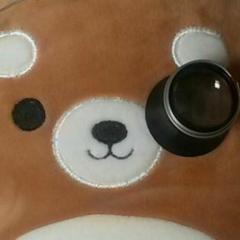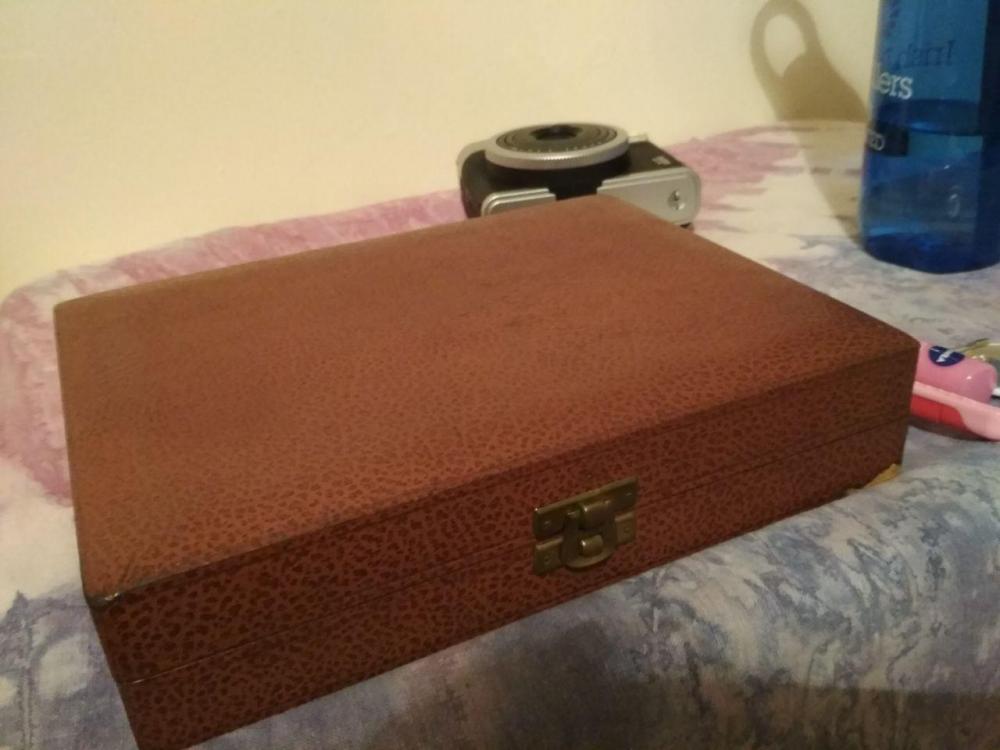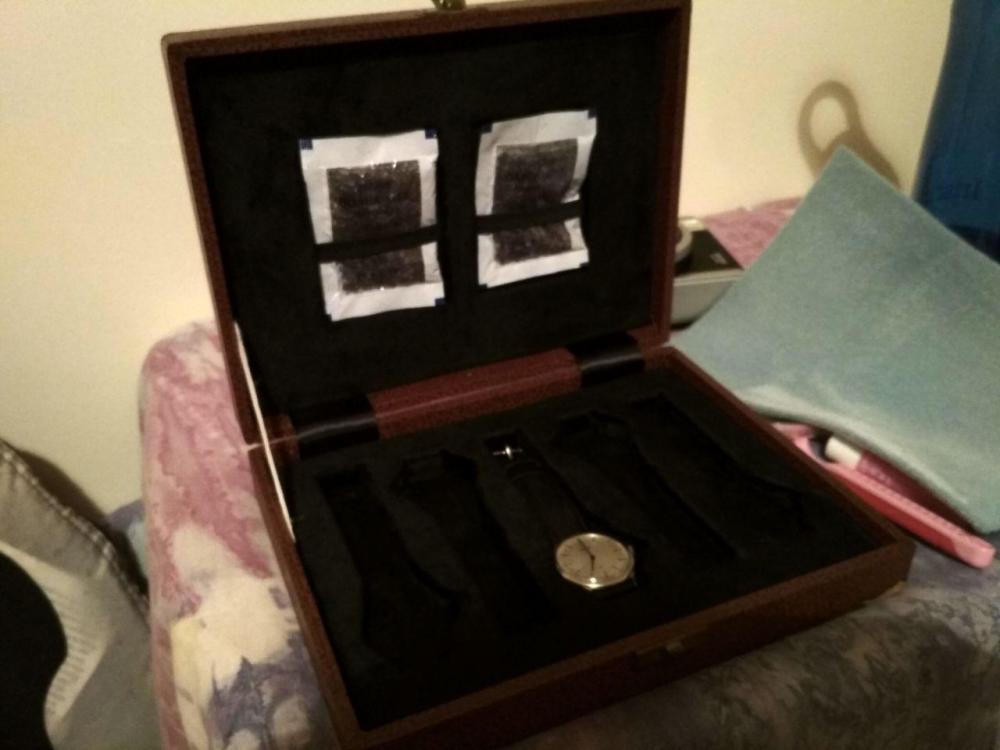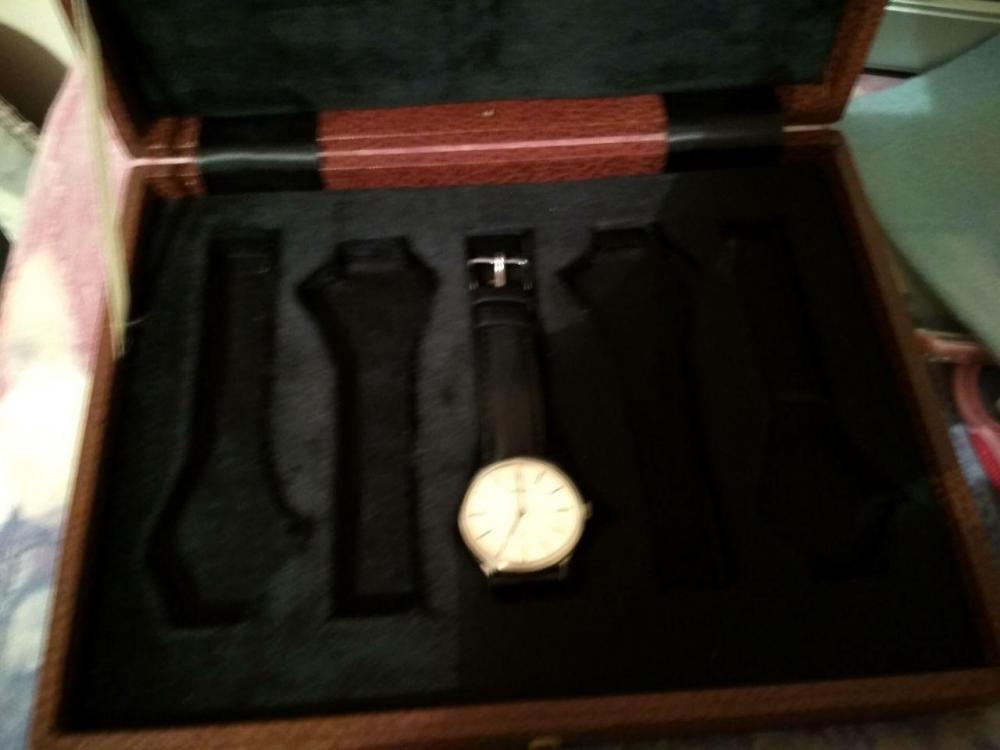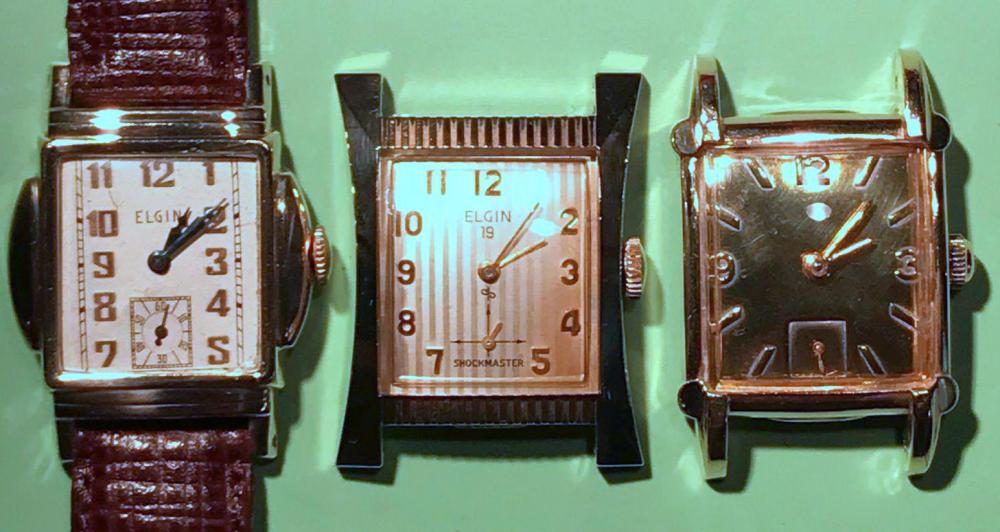Leaderboard
Popular Content
Showing content with the highest reputation on 08/24/19 in all areas
-
What you have there are hand setters used for clocks, some are push on some screw on. You would see those types on old 30 hour alarm clocks, any old clock that you needed to set the hands normally at the back. Also some set the alarm hands. If there are really tiny ones I expect those would be from travel alarm clocks.2 points
-
The boxes that you see all over Ebay and Amazon, as JDM says, have really large cushions, so if you are storing vintage watches they will look pretty miniscule in the box. My straps are on the smaller side too and wouldn't even fit around the cushions. My girlfriend made me this out of some foam and an old cutlery box from a charity shop. The top has cutouts for silica gel dessicant, the box is pretty compact. Might be an idea! Sorry for the terrible quality photos,,,1 point
-
I have been retired for many years, I sold most of my tools (I wish I hadn't) yes mine had a little play.1 point
-
Inspired by this thread. I decided to fix up one of the Sekondas that has been lying for quite a while in my box of bostoks, or should that be vox of vostocks... you decide. The watch in question may look familiar as I sorted an almost identical linen dialed Sekonda a few months back. The dial is a shade lighter, but otherwise they are extremely similar. This one however was in a pretty poor operating condition. Adjusting the hands resulted in some erratic movement of the hour hand and little else. Winding wasn't possible. The balance was fine (and has two shims, for those of you who have played the vostok 24xx shim game). The donor was a similar Sekonda with a destroyed dial and no hands. It generously donated its canon pinion, one of its keyless work springs and a movement clamp. It is now "running in" on my arm, so I'll report on its progress later.1 point
-
What are these black dies for? They look like they could snap very easily. A photo would help.1 point
-
These boxes start at about $10 for China made, plastic and thin clear top. A quality one would cost much more. Typically the cushion is too large to take a bracelet watch which will sit poorly on there. You can browse Amazon, Ebay,. AliX and check user ratings, but in the end it's the same product everywhere.1 point
-
Lay the case on a suitable flat bed die depends on the size of the case. Pick one of the cupped dies so it just fits over the glass, that goes into the top. Screw down watching that the cup is even all round, you quite often hear a sound as the glass is pushed home. Remove case and check to see that the glass is even around in side the case. The Robur press is one of the best for fitting tension ring glasses.1 point
-
1 point
-
with out being sarcastic, when you take out the main spring barrel, make a note of which way it is wound.. and welcome to the forum. vin1 point
-
1 point
-
Well, I don't know the official terms because I'm only an amateur. What I meant saying "full wind" on the 1575 (which is of course an automatic) is: I turned the crown about 40 revolutions so that I'm absolutely sure the mainspring is in the "slipping area". Thats "full wind of an automatic" for me. Status update: After 30 hours the watch is 11 seconds ahead of the atomic clock. So the "about +9 result" of the timegrapher seems to make sense. I will observe until sunday evening if this is continuing.1 point
-
Not a great picture. Taken at the bench with the lights and cellphone. Elgin Grade 430 3/0s in a jobber's case, Elgin 714 Shockmaster, and Wittnauer Revue 73. The Witt dial was shot so I just stripped it down to metal and did barely enough polishing the make it un-ugly. I didn't think it was valuable enough to justify restoration. Probably all will go to the auction site now that I am done with them. RMD1 point
-
1 point
-
For general just pushing and holding I cut a steeper angle maybe 30 degrees, for fine pegging of jewels a shallower angle of 15-20 degrees. Cut, not scrape. I find that pegwood is faaaaar better for fine work than toothpics or bamboo skewers or whatever. For clocks I do use lots of toothpics.1 point
-
I use both "cocktail sticks" (got to love the British sense of propriety) and peg wood. Use a disposable scalpel and "whittle" the point. When I'm getting close to a point, I simply cut less and less by reducing the angle of the blade to the stick. Use your magnification to look at your work. And yes, repeat the pointing exercise between each jewel unless you move to one with a bigger central hole. Good Luck, RMD1 point
-
I use a cutter knife, the kind with replaceable blades that break off in like 10 little sections. Facets are good!- they help clean. If you're doing jewel holes you need to resharpen after each one, you'll get quick fast. I use a loupe. I also do a lot of small watches with 0.07mm jewel holes...1 point
-
1 point
-
The tricky thing with hairsprings is that nobody supplies them as spare parts. There may be some old stock laying around here and there, they come up regularly on Ebay. As for classification, there are several materials. Steel, beryllium, and Nivarox (alloy springs, that would include Elinvar). The beryllium and alloy springs are to be used with monometallic uncut balances, and steel with bimetallic cut balances. They are graded by CGS number, which basically goes from small, like 0.05 for the tiniest movement, up to 25 or so for a large pocket or deck watch. To find out which CGS you need, you need a spring that just looks kind of right, which you vibrate to the balance, and then take measurements and compare that to the final diameter of spring you desire. This is a matter of movement design, but does sort of follow a pattern. Bottom line is you need a lot of springs on hand to do any real hairspring work, which means buying up as many as you can find for years. Here's a thread from a while back with some good info:1 point
-
1 point
-
I have answered you question in your message. If you need more help just ask.1 point




